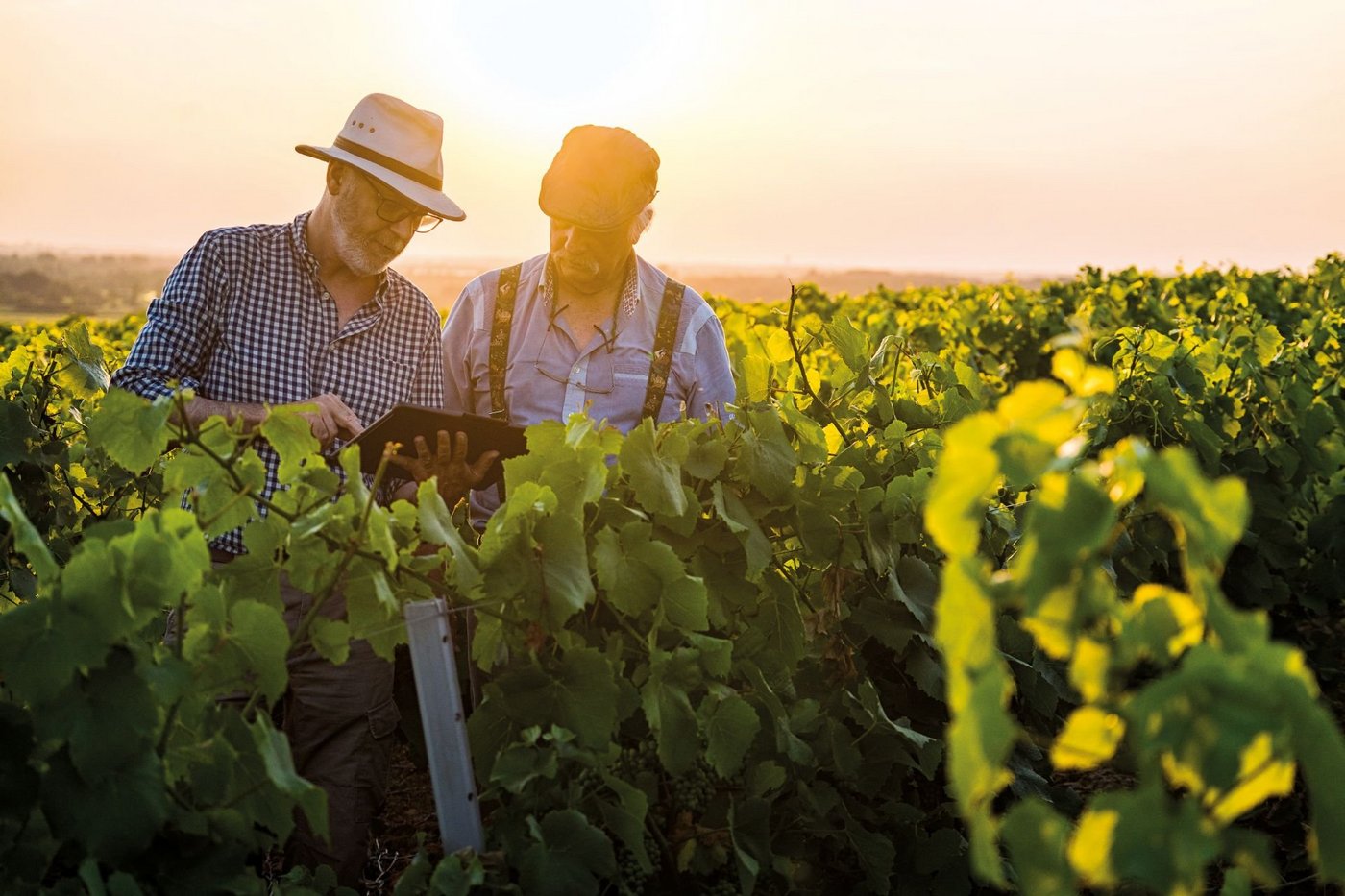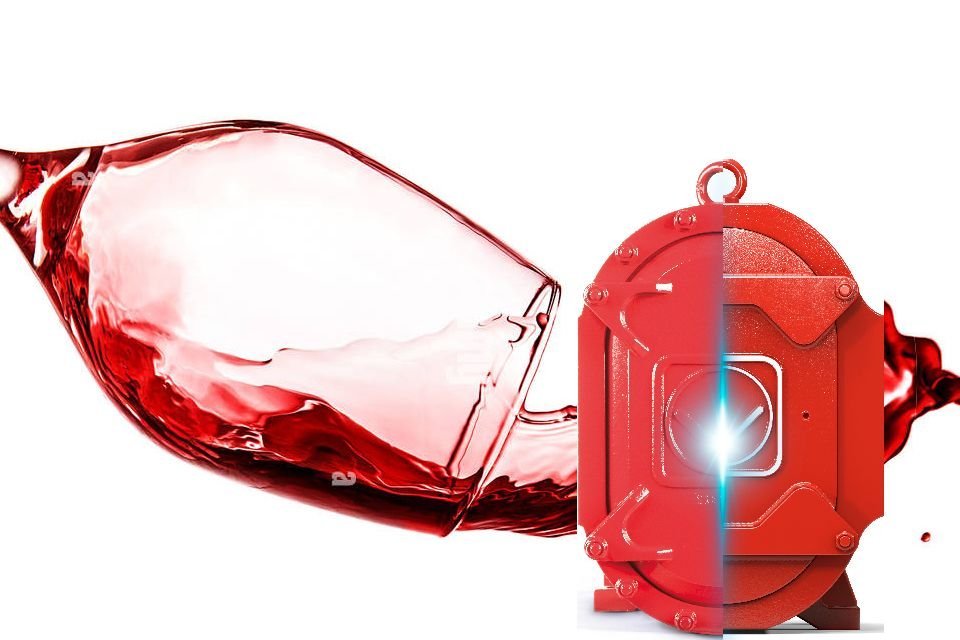Voorzichtig en zorgvuldig pompen van druiven, most en wijn
Technische oplossingen voor de wijnindustrie
Terwijl het verpompen van most relatief weinig eisen stelt aan de techniek, is het pompen van hele druiven veel moeilijker. Het pompproces moet zorgvuldig verlopen en de delicate druiven mogen niet worden beschadigd voordat ze worden verwerkt.
Vogelsang wijnpompen kunnen vaste stoffen tot 90 mm transporteren. Hun werking is uiterst zorgvuldig, dankzij hun geavanceerde ontwerp en lage koppel. Dit zijn eigenschappen die ook de wijn ten goede komen, aangezien ze met minder zuurstof in aanraking komen. Als alternatief produceren centrifugaalpompen aanzienlijk meer druk, waardoor de suiker wordt afgescheiden. Dit heeft een negatief effect op de kwaliteit van het eindproduct. Excentrische wormpompen vereisen meer ruimte dan lobbenpompen en zijn minder mobiel en flexibel.




